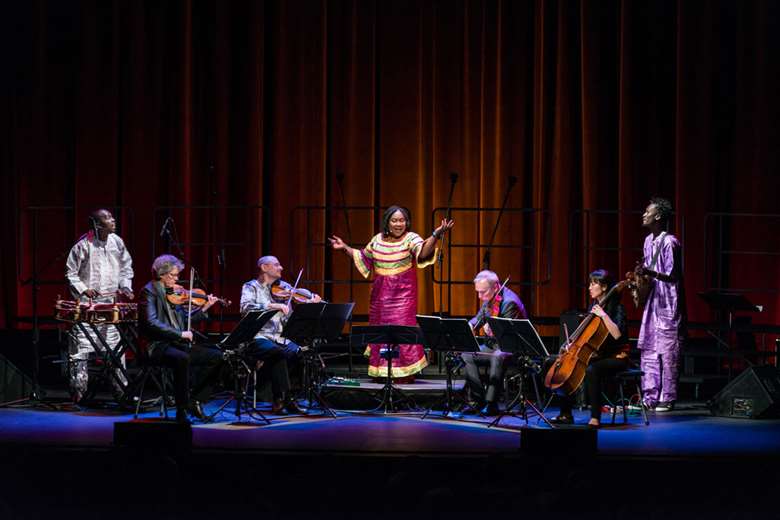Kronos Quartet: reimagining the string quartet for the world
Simon Broughton
Thursday, September 28, 2017
The Editor-in-chief of Songlines magazine, Simon Broughton, speaks to members of the Kronos Quartet about their fascinating new collaboration with Trio da Kali

Register now to continue reading
Thanks for exploring the Gramophone website. Sign up for a free account today to enjoy the following benefits:
- Free access to 3 subscriber-only articles per month
- Unlimited access to our news, podcasts and awards pages
- Free weekly email newsletter








